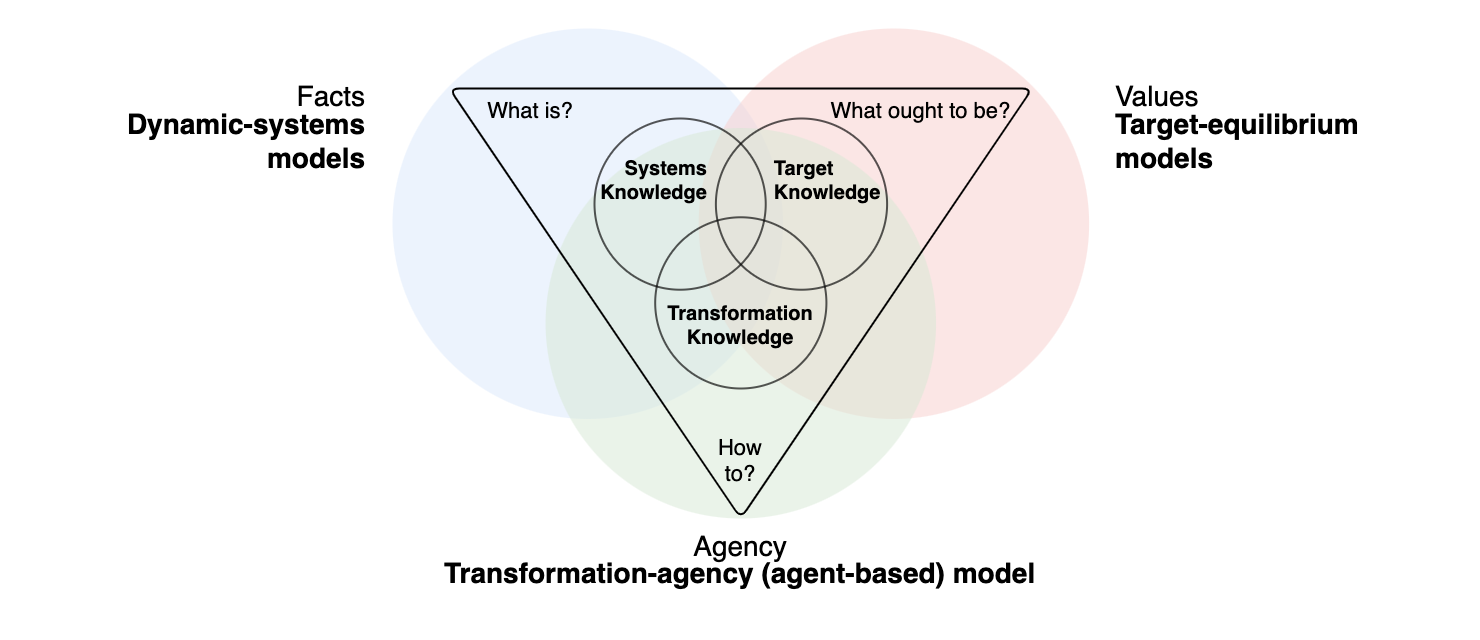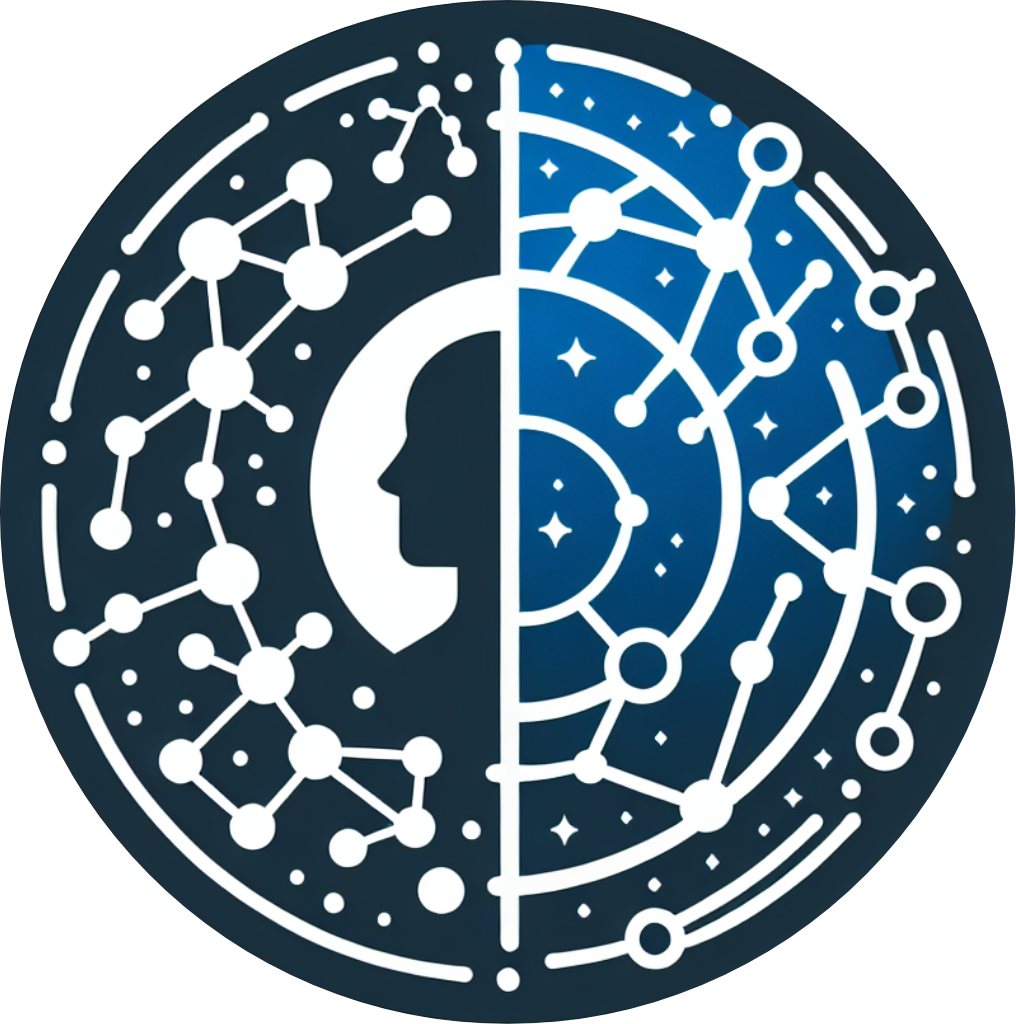Target Equilibria
In this part, we cover target-equilibrium models, also known as equilibrium-based models. They operationalize target knowledge, which is knowledge about the desired future and the values that indicate which direction to take. It depends on the deliberation by multiple societal actors and is grounded in values and norms. In sustainability transitions, ways of producing target knowledge include participatory visioning, scenario development involving a wide range of stakeholders, and public discourse at large. Target knowledge is strongly associated with values and asks what ought to be?.

Target-equilibrium (or equilibrium-based models applied to sustainability transitions) are primarily used in economics. The overarching goal of the model type is to find a target equilibrium, a state of the system considered desirable. In contrast to dynamic systems models, target equilibrium models introduce at least one decision-maker. Given our assumptions about how the world works and that we can precisely specify what we want, we can use optimization techniques to find the best possible course of action. Having found the best course of action, we are in a ‘target equilibrium.’
The decision-maker is sometimes called an agent or actor. It can be a single individual or a group of individuals, such as a household, a company, a government, or a non-governmental organization. It can be a human, an animal, or a machine. It may even be conceivable that a single human consists of multiple agents. Thus, when introducing the concept of an agent, we obtain an abstract but flexible modeling tool to represent the agency and decision-making of a wide range of possible entities.
Specifically, we will cover
- Sequential decisions of a single agent in a dynamic environment in Chapter 03.01
- Strategic interactions of multiple agents in a static environment in Chapter 03.02, and
- Dynamic interactions of multiple agents in a dynamic environment in Chapter 03.03.
